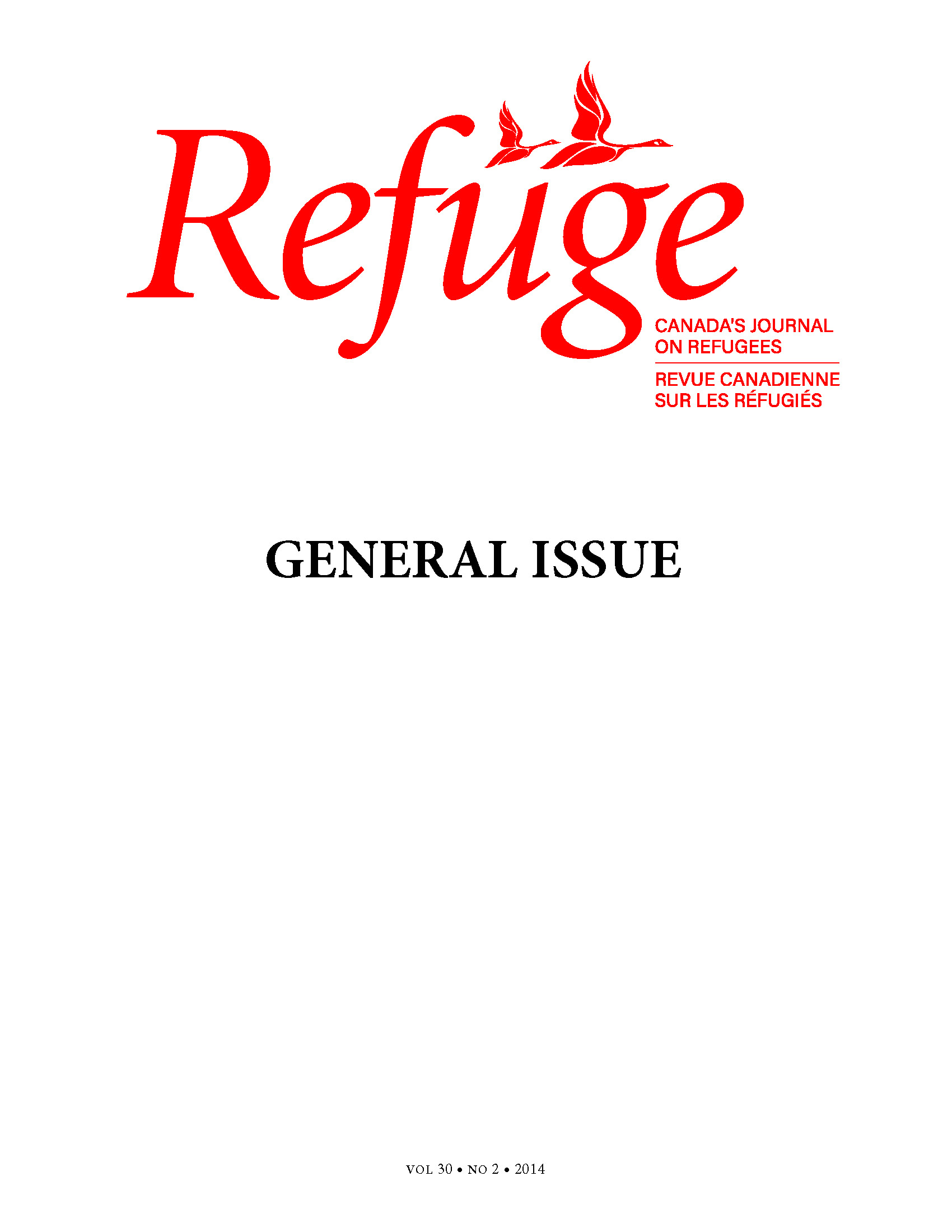The 1951 Refugee Convention’s Contingent Rights Framework and Article 26 of the ICCPR: A Fundamental Incompatibility?
DOI:
https://doi.org/10.25071/1920-7336.39613Keywords:
1951 Refugee Convention, International Covenant on Civil and Political Rights, ICCPR, article 26, attachment contingencies, reference groups, refugee rights, lawAbstract
This article addresses the relationship between two primary structural features of the 1951 Convention relating to the Status of Refugees—that many benefits under it accrue on the basis of a refugee’s degree of attachment to his or her host state and that many rights under the convention are guaranteed to a refugee only to the extent that they are enjoyed by a particular reference group—and the 1966 International Covenant on Civil and Political Rights’ article 26 equality guarantee. Specifically, it examines whether attachment contingencies and reference groups, when incorporated in the refugee laws of states party to the ICCPR, might run afoul of article 26.
Metrics
Downloads
Published
How to Cite
Issue
Section
License
Copyright (c) 2014 Marina Sharpe

This work is licensed under a Creative Commons Attribution-NonCommercial 4.0 International License.
Refuge authors retain the copyright over their work, and license it to the general public under the Creative Commons Attribution-Non Commercial License International (CC BY-NC 4.0). This license allows for non-commercial use, reproduction and adaption of the material in any medium or format, with proper attribution. For general information on Creative Commons licences, visit the Creative Commons site. For the CC BY-NC 4.0 license, review the human readable summary.







